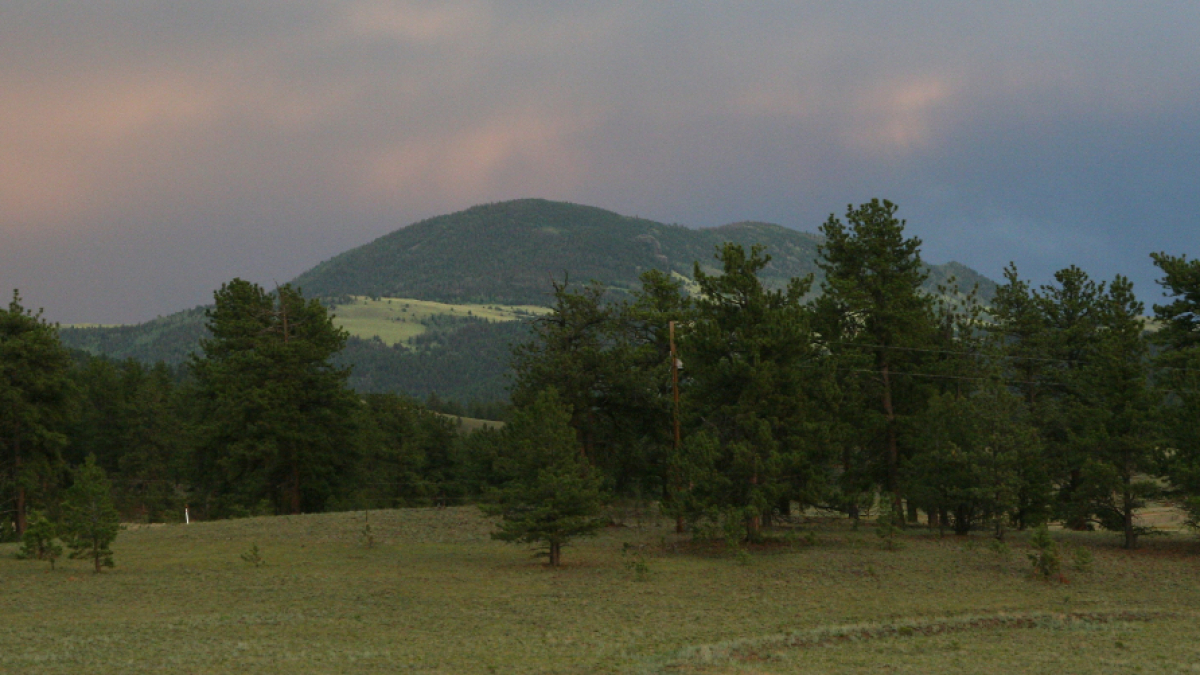TOP TIPS for GROWING VEGETABLES AT HIGH ELEVATION
8,000' or higher

Many folks with good gardening knowledge from lower elevations move to a high elevation area and suddenly discover there’s more to growing food than they thought! When we first moved to 9,000’ and were looking for information about growing food at high elevation, we were surprised to find that there wasn’t much available. When searching for “high elevation” or “high altitude” gardening (or cooking), I came across information geared for places at 5,000 feet. Heck, to me that’s NOT high elevation, and very different from our area.
Here are some of my high elevation “Top Tips” for lower-elevation gardeners to keep in mind when moving up in the world.
High elevation gardens are more expensive than gardens in lower elevations. Plan to spend some extra money for the following:
Invest in good fencing to keep out elk, deer, bunnies, other rodents.
Plan to cover your earliest plantings with plastic, and/or frost cloth. Shade cloth throughout the heat of summer is important as well. This will require some sort of hoops to keep these protective coverings off the plants. Things not harvested by early fall may require some protection as well.
Raised beds are not necessary but very nice. In addition to helping keep your beds warm and weed-free, they help provide a way to attach your hoops.
You’ll need good indoor space with grow lights for starting seedlings well in advance. A heated greenhouse is optimal, however expensive. A good, warm area with grow lights will do the trick, but keep in mind that seedlings in your living spaces will attract unwanted bugs!
As most veggies require a good start indoors, you’ll need plenty of seed-starting supplies, including some sort of starting/potting mix.
Since the growing season is short, you’ll want to grow as much food as possible in a short time. A larger garden area will help produce more food. Keep in mind that with only a few exceptions you’ll only get one planting out of each bed in your short season. More of your veggies will need to be preserved for future consumption since you’re growing everything all at once. Depending on your preservation choices, there may be more cost involved, such as canning supplies, an extra freezer, a root cellar, or a freeze dryer.
Your soil will likely require additional improvement in the way of amendments.
Water may be an additional expense, depending on your situation. If you have a low-producing well, a cistern may be very important to keep a good supply of water for your garden.
High elevation gardens require careful planning around your climate. You’ll experience:
Sun UV is very intense.
Dry, low-humidity, drought conditions
Wind
Hail
Snow may occur as late as June, as early as September.
Short Seasons: Last to first frost dates don’t leave much in-between time.
High temperature swings: possibly from 30-40° to 80° in one 24-hour period.
High elevation gardens require some additional research & knowledge.
Some of the charts offering “frost-free” dates for your area by zip code will be inaccurate. Rural mountain zip codes often cover a wide area with many micro-climates. Try to find out where these resources are getting their information. If at all possible, get accurate information by talking to other local gardeners or someone with local weather statistics.
Keep in mind that the USDA Growing Zones only take into account winter low temperatures and are meant to help determine which perennials will survive. And, even if they will survive the winter temperatures, that doesn’t mean they will grow well in shorter, cooler summers. For instance, a Zone 3 area in Minnesota has longer, warmer summers with more daylight hours than a Zone 4 or 5 in Colorado. A perennial that does well in Minnesota may not do well at all in Colorado. see: https://highcountryliving.net/growing-zones/
Observe the natural plant growth in your area. What areas have the most lush growth? Can you locate your garden in a similar type of location? (In our area the south sides of hills are barren & dry, while the north sides are much more lush.) see: https://highcountryliving.net/the-garden-site/
Unfortunately, not all resources are reliable or helpful, including educational ones such as those from university Extension programs. Many lack practical, useful information for a home gardener. Find other local gardeners and ask to see their gardens. Ask them to share their experiences and what has given them success or failure. Use your “gut” and find what’s useful to you, your elevation & your climate.
Sometimes, if information cannot be found about growing a specific plant at your elevation, it may simply mean that no one has had success growing it. I searched for info about growing blueberries, but couldn’t find it. After attempting to grow them unsuccessfully, I determined that perhaps they just don’t grow well here, therefore no information was available.
Choose what to grow based on your elevation.
Start with what grows well and as time & resources permit, build your garden out from there, gradually experimenting with other veggies that may require more TLC.
Veggies that grow well at high elevation are: root vegetables (carrots, parsnips, beets, rutabagas, potatoes), brassicas (broccoli, cauliflower, kohlrabi, kale & mustards), greens (lettuces, spinach), legumes (peas, beans), alliums (garlic, onions). Herbs such as oregano, thyme, sage, cilantro & basil all grow well as annuals—the perennials may not survive the winter.
Summer squash does quite well with hand-pollination. (Winter squash may be iffy.)
Perennials that can grow at high elevation may include rhubarb, asparagus, comfrey & some herbs. (I have not had good luck with berries. Perhaps a more experienced gardener would have more success.)
Other vegetables may do well depending on your location & ability to offer weather protection. These include: winter squash & pumpkins, tomatoes, small peppers such as jalapenos.
- Keep in mind that some things are “hit & miss” and may do well one year but fail the next, such as garlic (planted in the fall) or winter squash or tomatoes. Some years they grow great, others not so much. See: https://highcountryliving.net/garden/what-grows/
- Just face it, and live with the fact that some things just won’t grow at your location. I can’t grow corn, bell peppers or fruit. So there are a few things I just buy at the market. Other than those, I do pretty darn well.
Best veggie varieties for high elevation:
Find varieties with the shortest number of days to maturity. Remember that these days are counted from when they are transplanted outdoors under the best conditions, not from their indoor start date with climate challenges to contend with after transplanting out.
Find varieties that mention things like: cold-hardy, short-season, dual-season.
Find varieties that are shorter, more compact. These will fit under hoops used to provide weather-protective plastic, frost cloth & shade cloth. Compact varieties also tend to mature faster than their larger cousins.
- I generally prefer open-pollinated varieties (I believe they are more pure and more nutritious, I want to sustain heirloom varieties, and I can often save the seeds). However, I have to say that I generally have much better success with hybrids, particularly those bred for shorter seasons & cooler climates.
Best growing methods:
Veggies that do well direct-seeded outdoors: garlic (fall-planted), potatoes, carrots, parsnips, peas.
Start everything else indoors, using the recommended starting dates prior to last frost. Don’t be tempted to grow them indoors any longer than the recommendation: there is no benefit, and they may not transplant well when larger. (I’ve tried this!)
Soil-blocks are my go-to method for seed starting. By starting seedlings in soil blocks, many things may be transplanted out that wouldn’t normally transplant well, such as beans, beets, rutabagas.
Some veggies such as brassicas, lettuces, beets, spinach and other greens may be direct-seeded outdoors; however they do much better when started indoors. It isn’t worth the trouble to start them outside in the beds, in my opinion.
Onions require extra time and care but can grow quite successfully. Choose onion varieties appropriate for your latitude. “Intermediate-day” do best in Colorado. See: https://highcountryliving.net/garden/what-grows/onions/
A greenhouse (heated or unheated) will greatly enhance your production.
Use a heated greenhouse to start seedlings for your summer outdoor garden. “Grow benches” with lights & heat mats are helpful.
- After seedlings get started under lights, I transplant most (in their soil blocks) to my greenhouse beds. This gives them a good start before I dig them out to transplant outdoors. (Remember: my greenhouse is heated all winter.)
Use your heated greenhouse for a variety of fresh kitchen greens, brassicas & tomatoes throughout the winter. Broccoli, cauliflower, bok choy, spinach, etc. are much better fresh than frozen! When I have the space, I also grow some zucchini in my greenhouse in the fall or early spring.
- Use your outdoor summer garden for things which are easy to store and better grown outdoors (think: potatoes, carrots, winter squashes, onions, garlic, peas, beans). With a heated greenhouse growing veggies all winter, you won’t need to grow as many of these during summer months.
While tomatoes MAY be grown outdoors depending on your location, keep in mind that they will require extra warmth, particularly in the late spring & early fall for the best production. You may need an unheated greenhouse to grow tomatoes throughout the summer months.
If possible, design your greenhouse to be primarily heated by the sun (passive as well as active heating). 90% of our GH heating during winter months is solar powered by a hot-water solar collection system. See: https://highcountryliving.net/greenhouse-construction/
- Allow some of your greenhouse beds to rest during summer months, or plant them with a short-term cover crop to replenish the soil. Limit your summer growing in the greenhouse to only the things that won’t grow outdoors.
Keep detailed notes:
As for all good gardeners, detailed notes will help you know from one year to the next what worked, what didn’t, how you might improve your methods in the future.
Keeping your own weather statistics is very beneficial. Depending on the stats available from websites will not be accurate enough for your own locale. Start keeping track of your weather as soon as you decide to plan your garden! We put a weather station on our lot before moving to the property, and began tracking the weather as soon as we could.
If you want to feed your family and maintain more than just a hobby summer garden, you’ll need to plan how to preserve & store your harvests.
A good root cellar or “mock” root cellar will store all root vegetables, alliums & squashes much longer than other methods. see: https://highcountryliving.net/cold-storage-closet
Freezing is a good option for many vegetables. Keep in mind that most veggies benefit from blanching prior to freezing; you’ll want to find a good resource for this information. Plan your freezer space accordingly.
Canning is a good option, but requires storage space for your canned goods & jars. Invest in a pressure-canner and follow high-elevation instructions for all your canning.
Freeze-drying is another good option. After the initial cost of the freeze dryer and a good location for it, you’ll need storage space for your freeze-dried foods. see: https://highcountryliving.net/be-prepared/
Buy and preserve foods that you want to consume but can’t grow, or you are not interested growing at your location (e.g. fruits, milk, cheese, etc.)
Here is a suggested timeline for your high elevation garden: https://highcountryliving.net/garden/garden-timeline/
Here are some handy links for garden supplies: https://highcountryliving.net/handy-links/
- Laurie
- Revised: October 23 2025

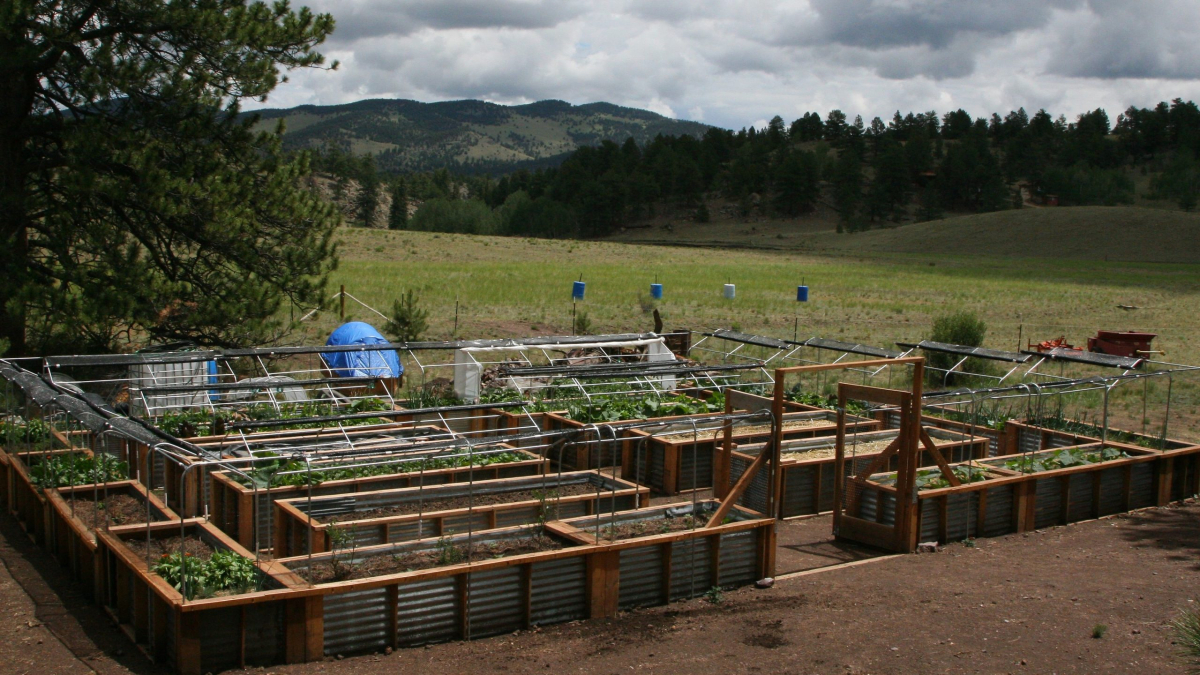
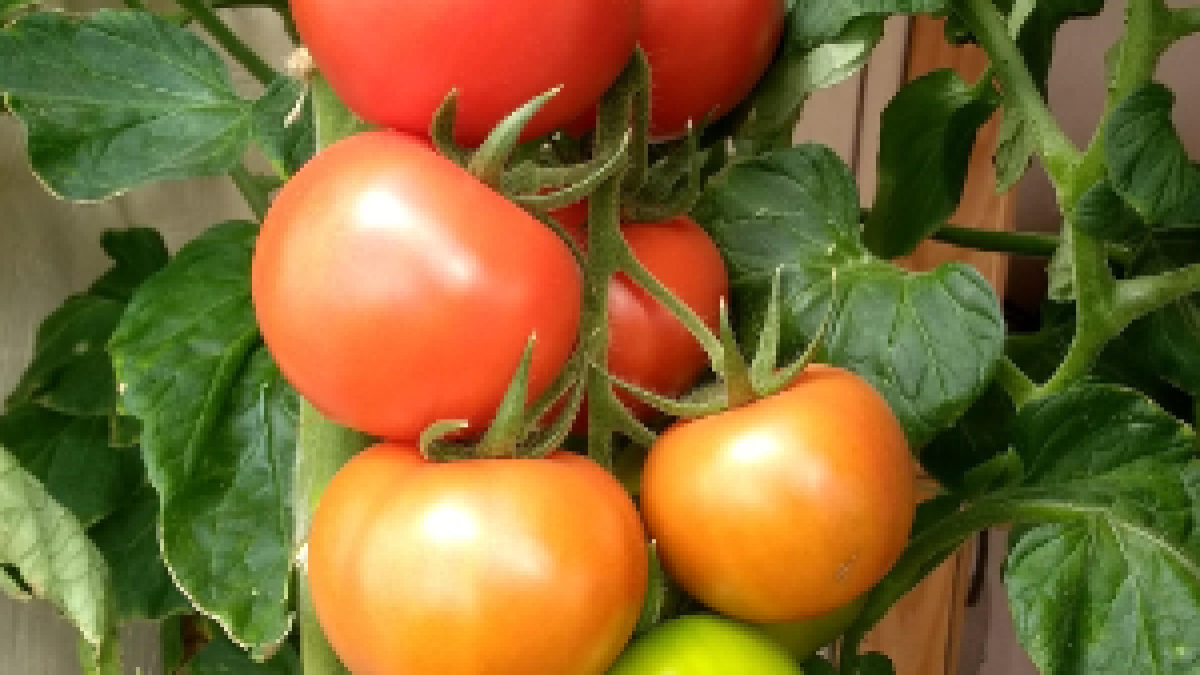



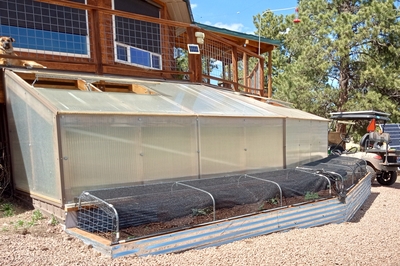



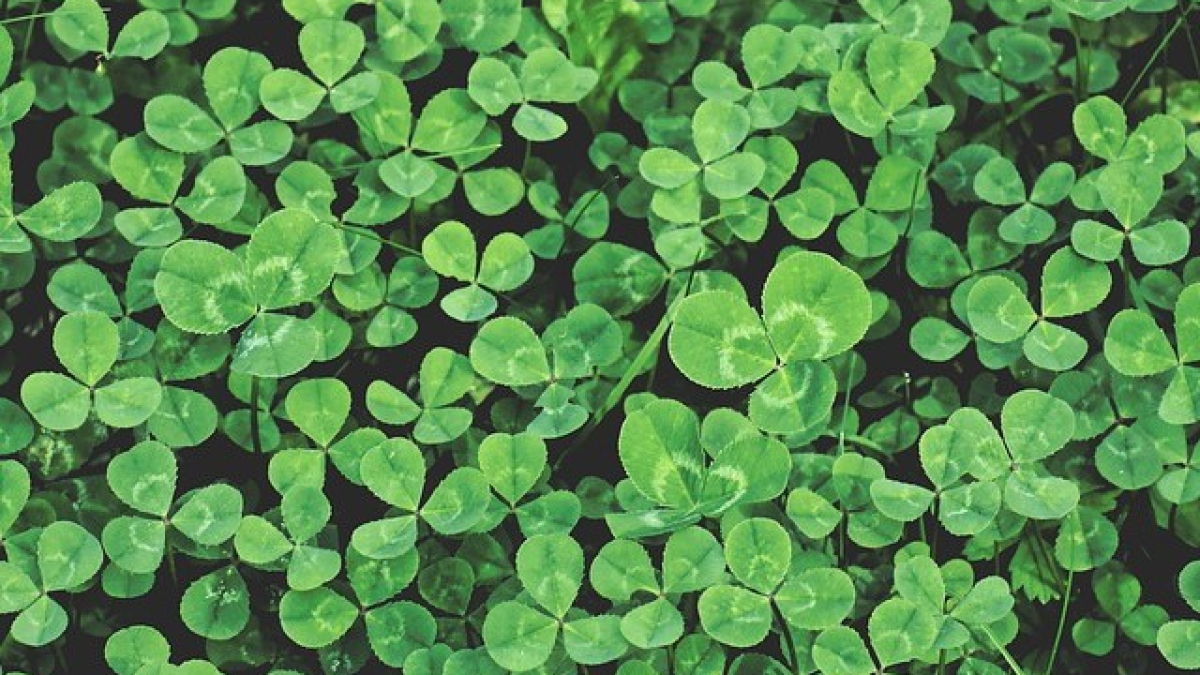
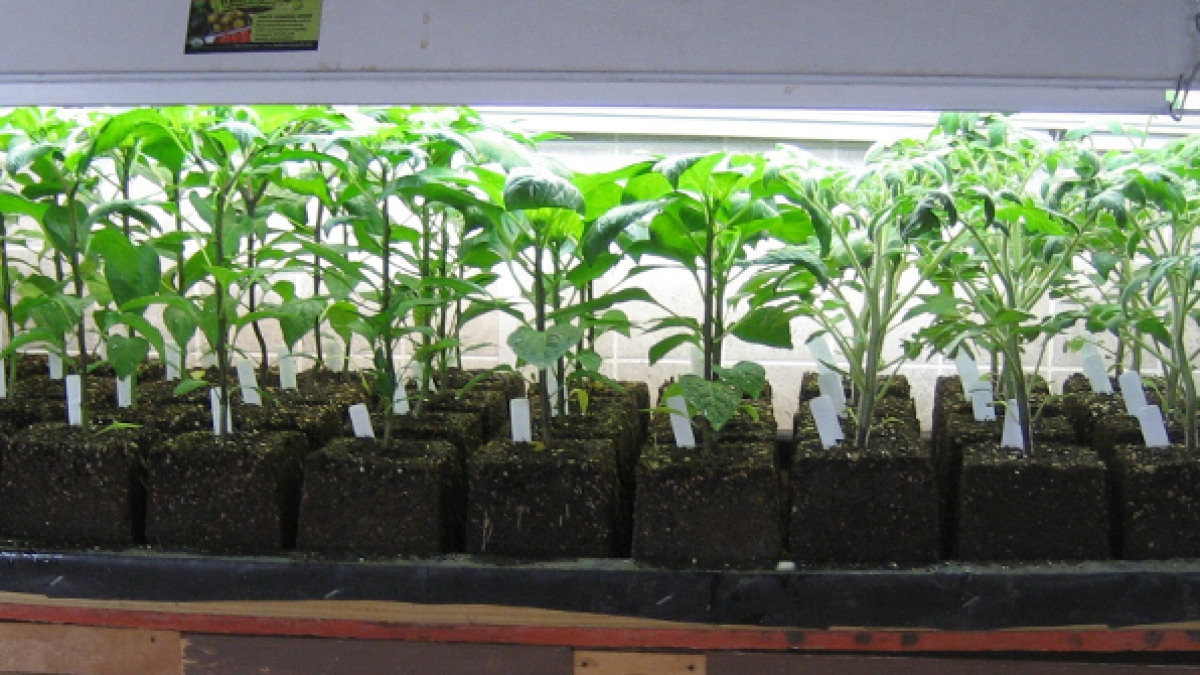










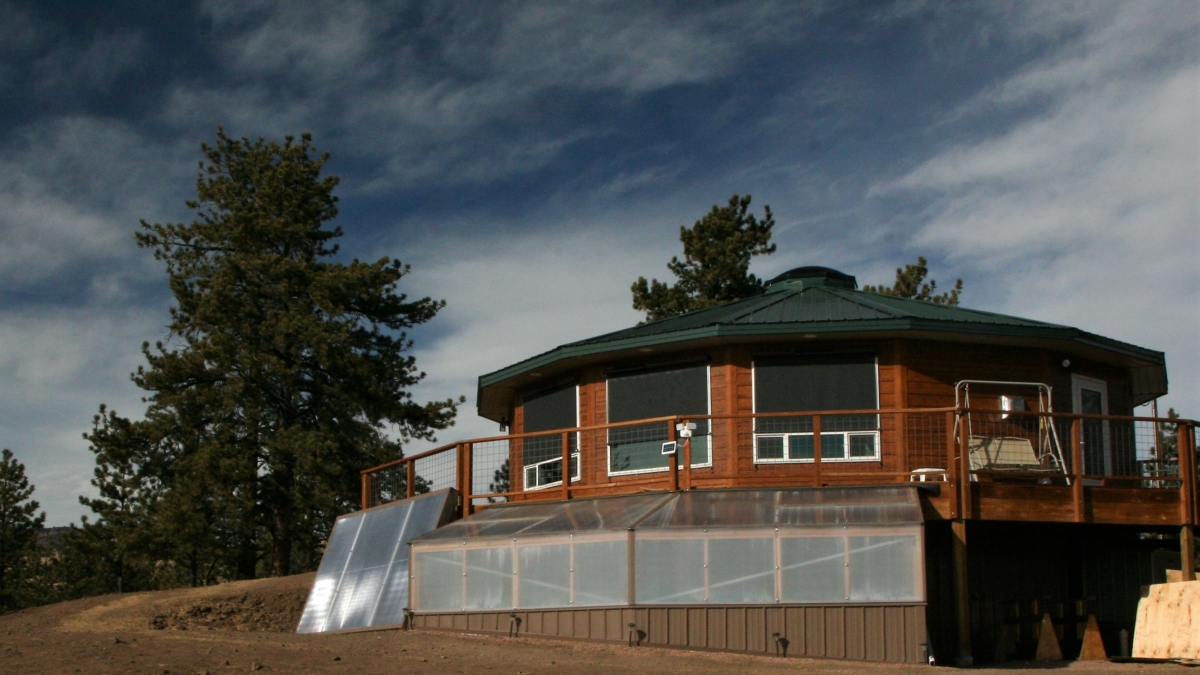




 Since our first successful winters with the greenhouse, we have since made some improvements to the heating system. The concrete floor, the soil and the pond (which holds about 200 gallons of water) all provide thermal mass storage. When the greenhouse was planned and built, we installed radiant in-floor heating, to be heated with water from our solar collector. Over time, we determined that this was not necessary. The concrete floor and the soil beds stay plenty warm without the in-floor heat, but what needs more warmth overnight and on the coldest days is the air. This past year Tim purchased and installed a used wall heater which uses the hot water from our solar collector as its heat source. This has worked quite well to keep the greenhouse warm overnight most nights, and we have an electric space heater to add additional warmth on the coldest of nights, when it has been too cloudy to heat enough water with the sun. Tim has these all set on with thermostat sensors and computer programs that turn everything on and off as needed. Good to have a geeky guy around! We also no longer put up the insulation over the glazing each night, which was labor-intensive and not all that helpful.
Since our first successful winters with the greenhouse, we have since made some improvements to the heating system. The concrete floor, the soil and the pond (which holds about 200 gallons of water) all provide thermal mass storage. When the greenhouse was planned and built, we installed radiant in-floor heating, to be heated with water from our solar collector. Over time, we determined that this was not necessary. The concrete floor and the soil beds stay plenty warm without the in-floor heat, but what needs more warmth overnight and on the coldest days is the air. This past year Tim purchased and installed a used wall heater which uses the hot water from our solar collector as its heat source. This has worked quite well to keep the greenhouse warm overnight most nights, and we have an electric space heater to add additional warmth on the coldest of nights, when it has been too cloudy to heat enough water with the sun. Tim has these all set on with thermostat sensors and computer programs that turn everything on and off as needed. Good to have a geeky guy around! We also no longer put up the insulation over the glazing each night, which was labor-intensive and not all that helpful. 

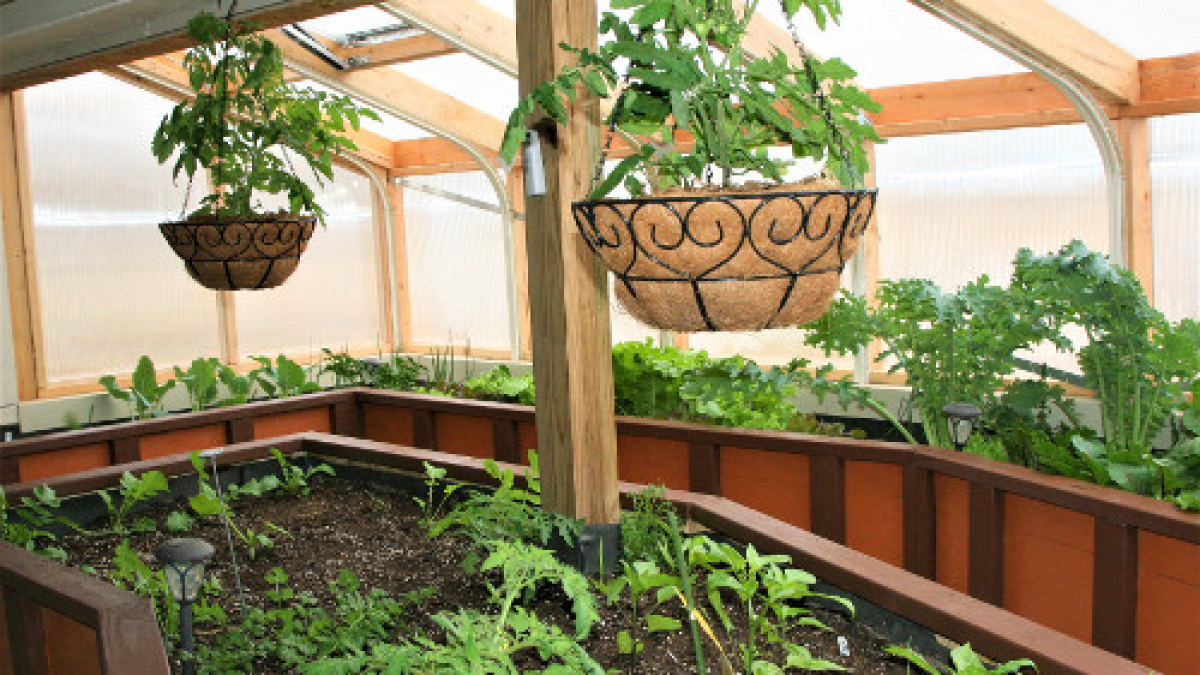



 When planting the beds by the windows, I had planted some of the larger things, such as kale and swiss chard, at the back of the beds, thinking that the shorter plants in front should be more accessible to me, but I wasn’t thinking about the larger plants by the windows shading the plants closer to the inside edge. Although the shorter plants may be harder to get at, they should have been planted closer to the windows behind the taller plants from the perspective of where I stand to work.
When planting the beds by the windows, I had planted some of the larger things, such as kale and swiss chard, at the back of the beds, thinking that the shorter plants in front should be more accessible to me, but I wasn’t thinking about the larger plants by the windows shading the plants closer to the inside edge. Although the shorter plants may be harder to get at, they should have been planted closer to the windows behind the taller plants from the perspective of where I stand to work. 
